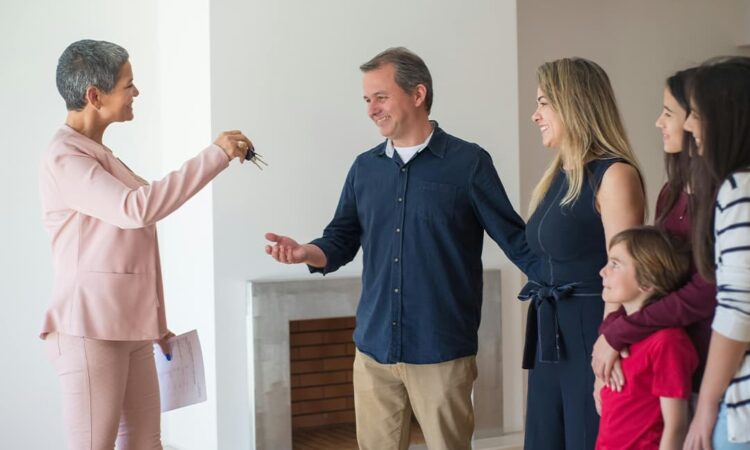As the demand for affordable housing continues to rise, innovative projects are emerging across the United States, including in Arizona. These initiatives not only address housing shortages but also promote sustainable living, community engagement, and improved quality of life for residents. This article highlights some groundbreaking affordable housing projects in Arizona, including those utilizing Section 8 housing in Phoenix, showcasing how creativity and collaboration can lead to effective solutions.
1. Modular Housing Developments
One of the most exciting trends in affordable housing is the use of modular construction. This approach allows homes to be built off-site in a controlled environment, reducing construction time and costs. In Arizona, several modular housing developments have been launched to provide affordable options for low-income families.
For example, the Maya Community in Phoenix is a pioneering project that combines modular homes with sustainable design. The development features energy-efficient units that are not only affordable but also environmentally friendly. This innovative approach helps families save on utility costs while promoting a sustainable lifestyle.
2. Adaptive Reuse Projects
Adaptive reuse refers to the practice of repurposing existing buildings for new uses. In Arizona, this strategy has been successfully employed to create affordable housing from underutilized commercial properties and historic structures.
A notable example is the transformation of the Old Main Post Office in Tucson into affordable housing units. This project not only preserves a piece of local history but also provides modern, affordable apartments for families. By revitalizing existing buildings, such initiatives contribute to community development while reducing the environmental impact of new construction.
3. Mixed-Income Housing Developments
Mixed-income housing projects integrate various income levels within a single community, promoting diversity and reducing segregation. In Phoenix, the Section 8 Housing program has been instrumental in facilitating mixed-income developments.
The Sunnyslope Village project exemplifies this approach. By combining Section 8 housing phoenix vouchers with market-rate units, this development ensures that low-income families can live in desirable neighborhoods without being isolated from higher-income residents. This strategy fosters community cohesion and helps break down economic barriers.
4. Community Land Trusts
Community land trusts (CLTs) are nonprofit organizations that acquire land to develop affordable housing while maintaining long-term affordability. Arizona has seen a rise in CLTs, which empower communities to take control of their housing needs.
The Tucson Community Land Trust is a prominent example, offering affordable homes to low-income families while ensuring that the land remains affordable in perpetuity. This model not only provides stable housing but also encourages community involvement and investment in local development.
5. Co-housing Communities
Co-housing is a model where individuals or families share common spaces while maintaining their private residences. This approach fosters a sense of community and reduces individual housing costs.
In Arizona, co-housing projects like The Village on 9th are emerging, offering affordable housing options alongside shared amenities such as gardens, kitchens, and recreational areas. These communities encourage social interaction and support among residents, creating a more cohesive living environment.
Innovative affordable housing projects in Arizona demonstrate the potential for creative solutions to address the housing crisis. From modular homes and adaptive reuse to mixed-income developments and community land trusts, these initiatives provide valuable lessons in sustainable and equitable housing design.
The inclusion of programs like Section 8 housing in Phoenix highlights the importance of combining public assistance with innovative approaches to create inclusive communities. As Arizona continues to explore new models for affordable housing, the success of these projects can serve as a blueprint for other regions facing similar challenges, ultimately paving the way for a future where safe and affordable housing is accessible to all.
